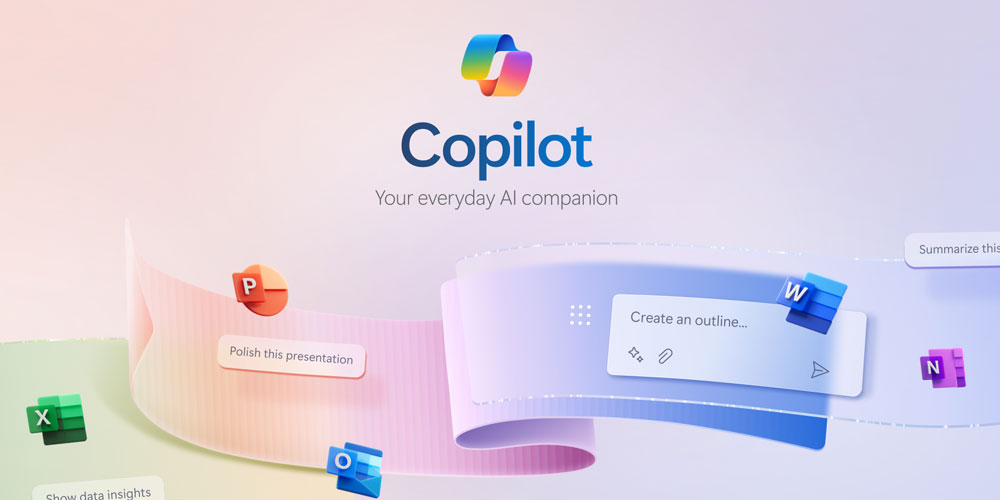Has your business ever suffered an outage? It’s a nightmare.
A power outage at a Verizon data centre in 2016 impacted the operations of JetBlue operations. The airline experienced network issues because of the outage that impacted customer support systems, including jetblue.com (that was down for over 2 hours), a toll-free number, mobile apps as well as their airport systems including gate systems. It led to the delay of flights and left many passengers scrambling to rebook. It also affected their performance results. Their passenger revenue per seat reduced 8% Y-O-Y while their operating revenue decreased 7%. That is not a favourable situation to be in. Especially in a competitive environment such as today’s.
The modern business landscape is unforgiving – the market is competitively fierce and the customers are calling the shots. Business is expected to operate 24×7 irrespective of any disruption of services due to natural or man-made disasters, and losses incurred have a long-term impact. This is why, every business needs a disaster recovery plan.
As per an Enterprise Strategy Group study, most organizations can’t handle more than an hour of downtime without significant loss of revenue.
Does this need my immediate attention?
Reports suggest that Downtime cost an estimated of $700 billion per year to US businesses in 2016 with an average outage lasts for 18.5 hours. The question here is – can your business withstand such a loss? If not (in all probability), then yes this needs your immediate attention.
Modern businesses are highly dependent upon IT. Mission critical systems such as organization wide ERP suite, and WAN based communication systems are common in every organization and a malfunctioning of these systems can result in downtime, which is not just costly, but can be damning for companies.
CRN states that 80% of companies in the US who suffered outages for more than a day were out of business within 3 years.
Natural disasters are responsible only for 35% of all outages. A larger 65% chunk of outages happen because of operational issues, human errors, and targeted attacks.
Wouldn’t disasters affect my competitors also?
All of these may only affect your organization and not your competition. Cyber Attacks are becoming increasingly common and several Denial of Service (DoS) and DDoS (Distributed Denial of Service) attacks have taken down the largest of companies, including Gmail and Twitter. Hence, not having a disaster recovery plan in place can put your organization at risk of high financial costs, reputation loss, risk of losing customers and even greater risks for its clients.
It’s also important to note some of the benefits that your business can experience as a result of your investments in disaster recovery:
- Ensured Business Continuity: Enterprise backup solutions can get your business operating almost immediately, without any loss in data – saving you from extended downtime and huge losses.
- Improved Business Image & Outlook: Modern customers, partners and investors are unforgiving, and service unavailability at a critical time can scar your company’s reputation. Having a disaster recovery plan allows your stakeholders to feel more confident about their relationship with your organization.
- Know your Infrastructure: Implementing disaster recovery solutions entails a detailed analysis of your existing IT setup, including identification of critical data and infrastructure. This analysis enables the management to identify any existing potential weakness, gain a better understanding of the minutiae of their business and ultimately help identify ways to strengthen any short comings
- Reduction in Costs: Evaluating a disaster recovery plan opens avenues of cost reduction. It often leads businesses to identify areas where you could be saving money, particularly if it’s time for a hardware upgrade or adopt modern technologies such as cloud-based setups, server and desktop virtualization.
- Adherence to Compliance and Regulatory Requirements: Modern customer-facing organizations, especially in the health and financial sectors, hold a lot of sensitive customer information. This information must be safeguarded against loss or theft according to guidelines such as HIPAA, SOX, and more. A robust disaster recovery setup helps in protecting this information, enabling organizations to be compliant.
As per reports, corporations globally are investing over 25% of their total IT budget on safeguarding mission critical systems.
Selecting a disaster recover solution that embeds security, privacy, as well as compliance into their business’ methodology isn’t easy. It needs a planned approach. There are certain questions that a business must ask before implementing a disaster recovery plan. Embee supports its clients in detailed assessment, creation and management of Business Continuity and Disaster Recovery plans and strategies.
















































